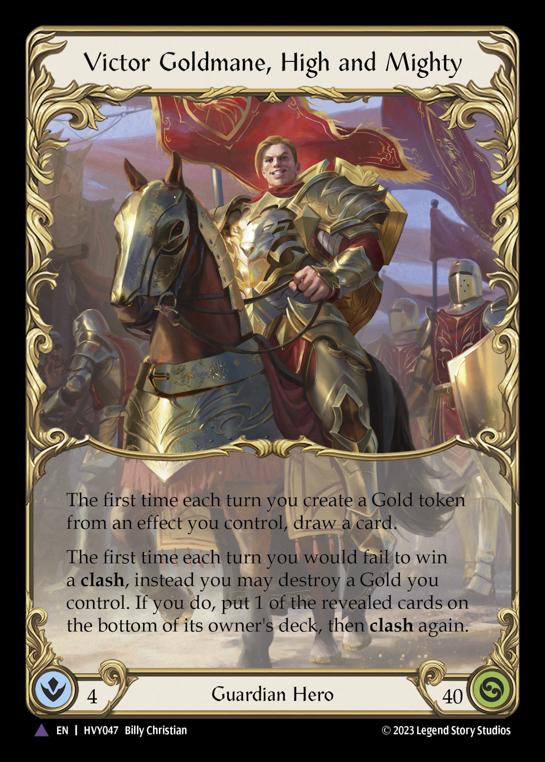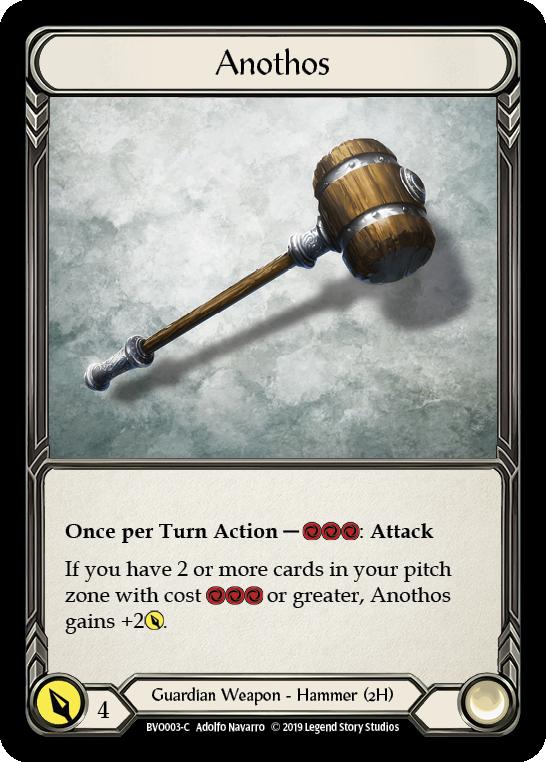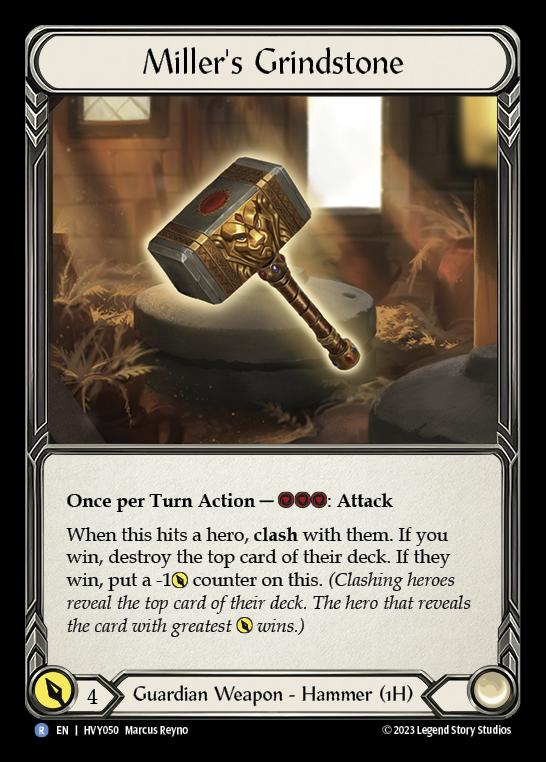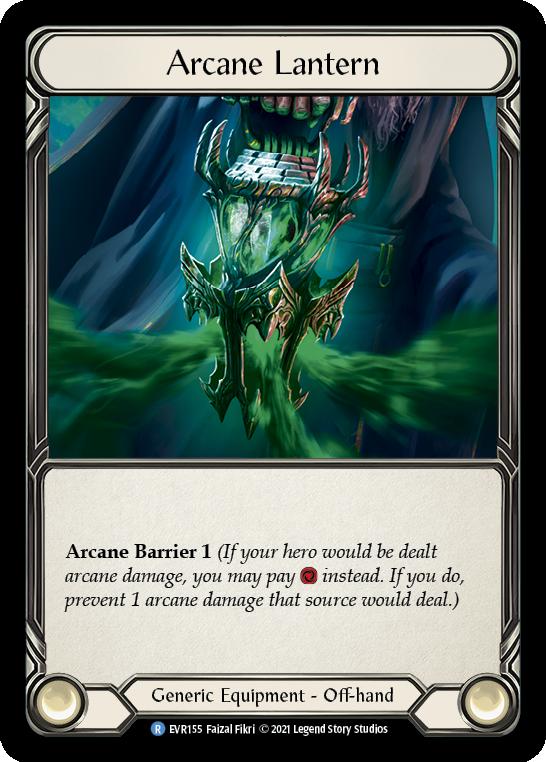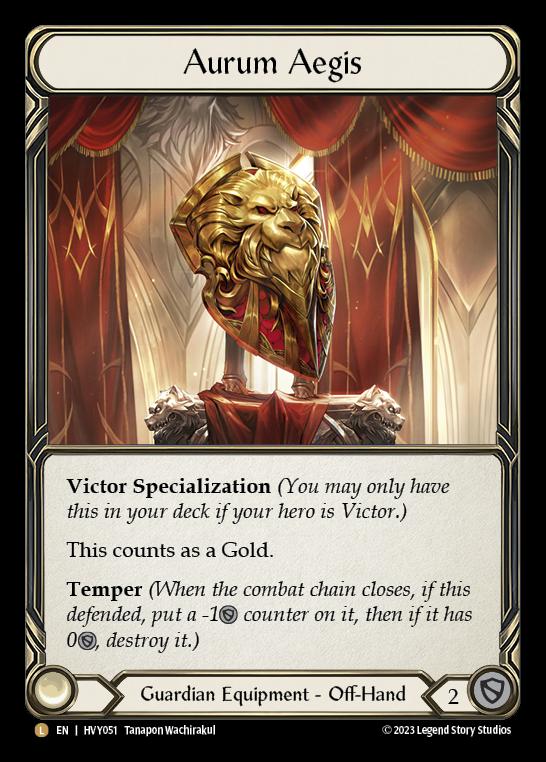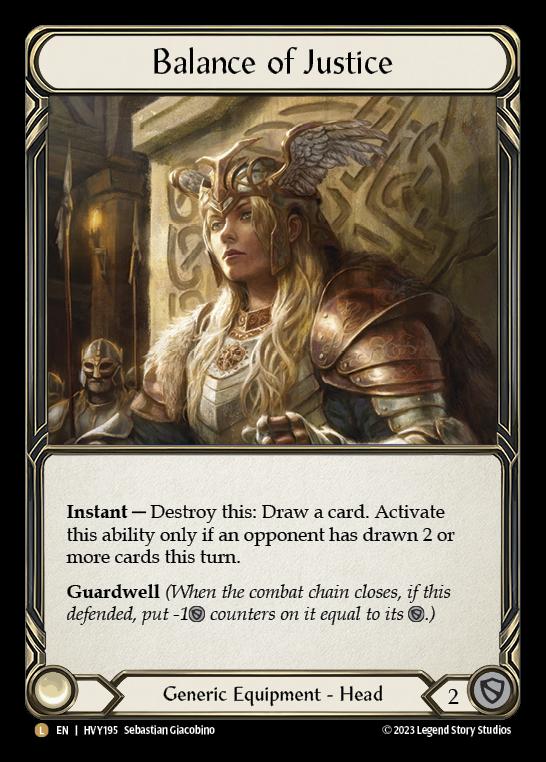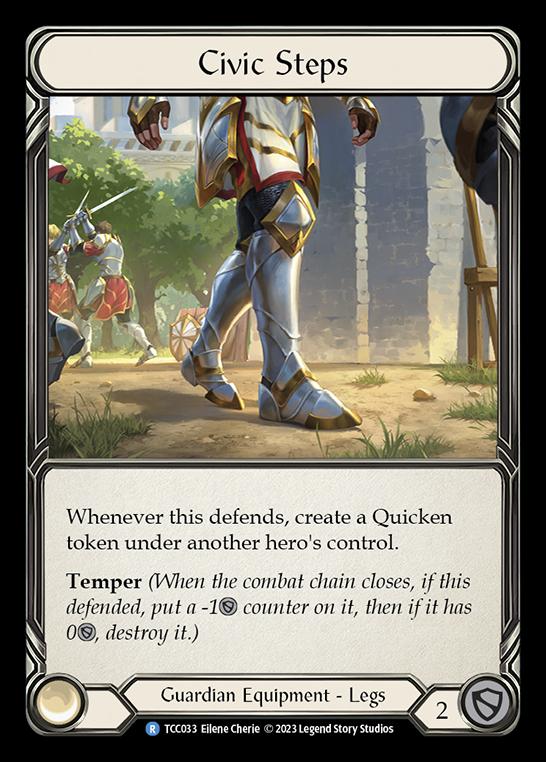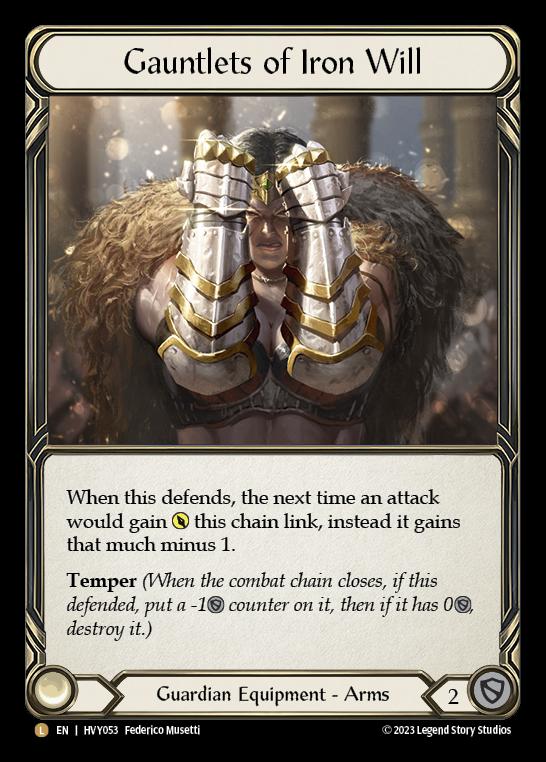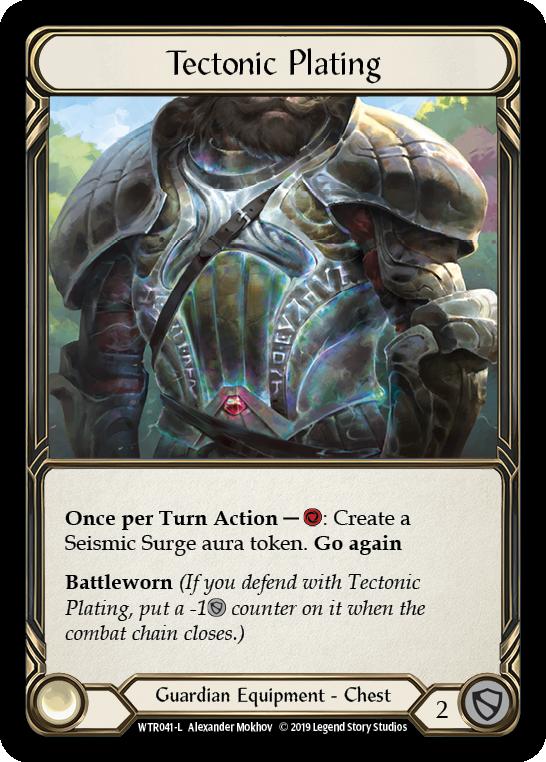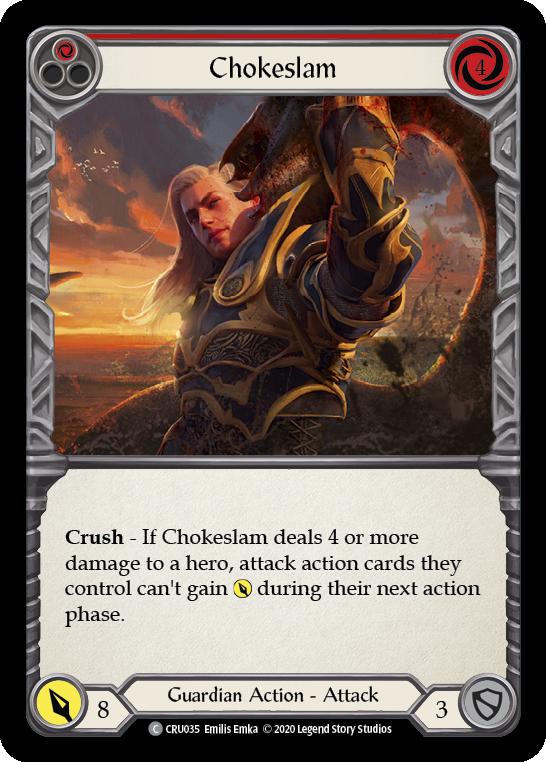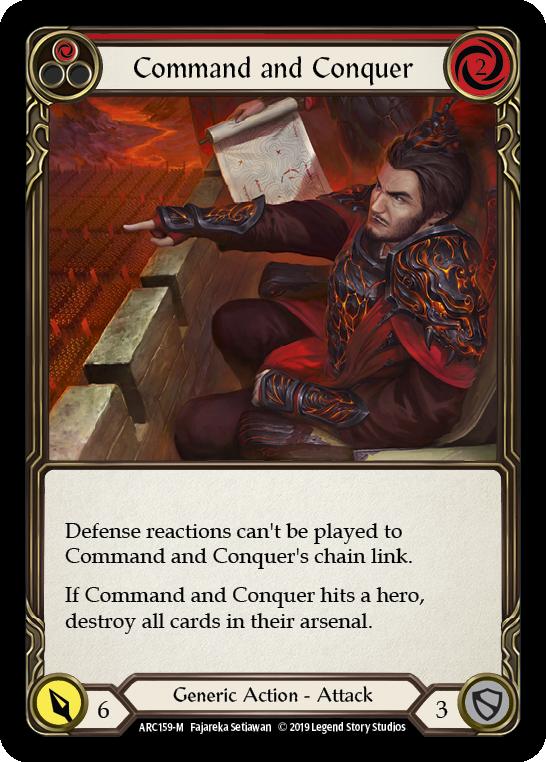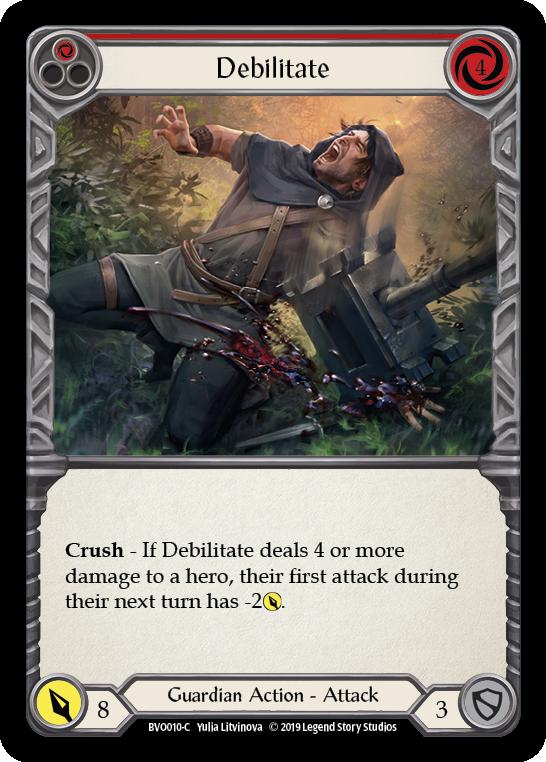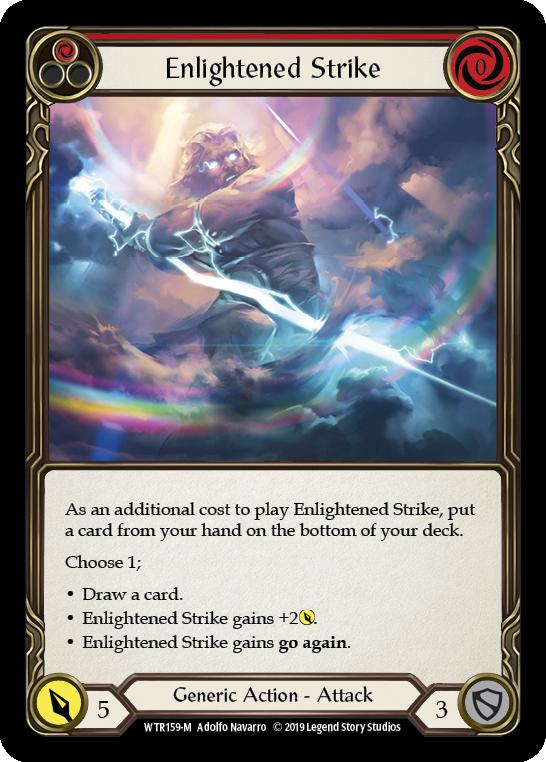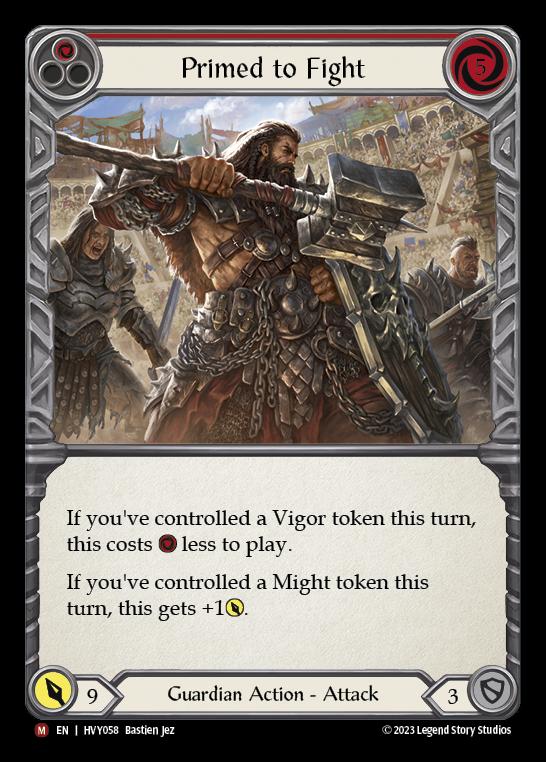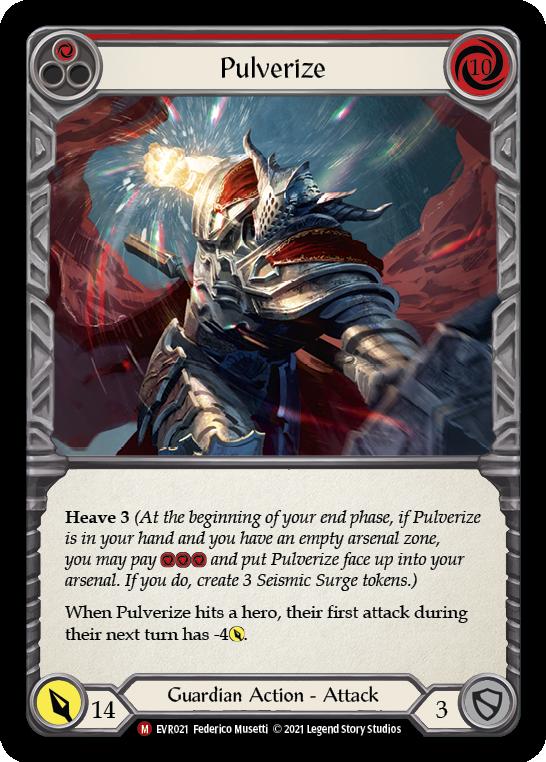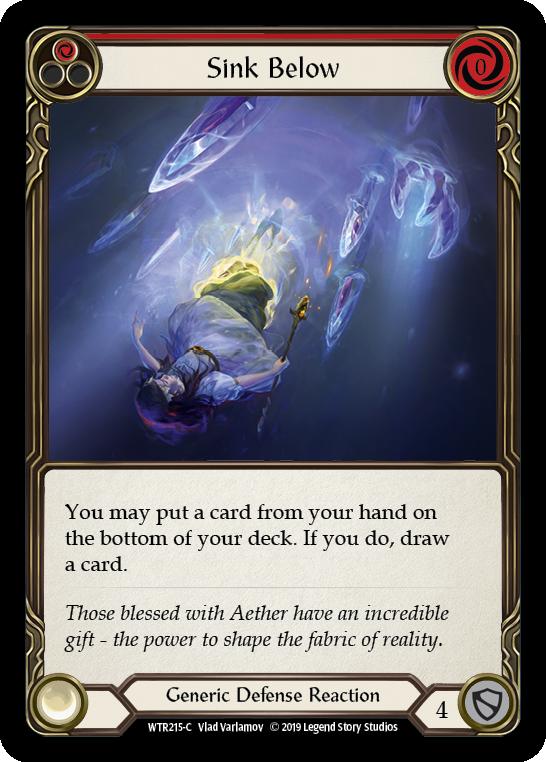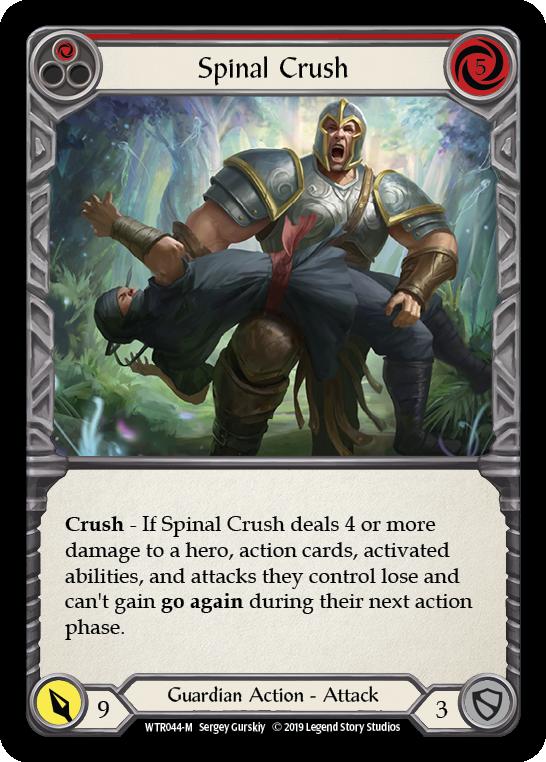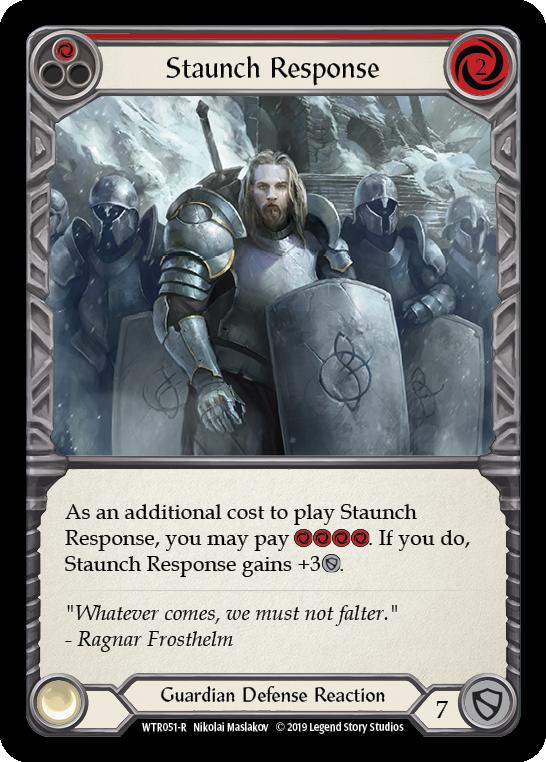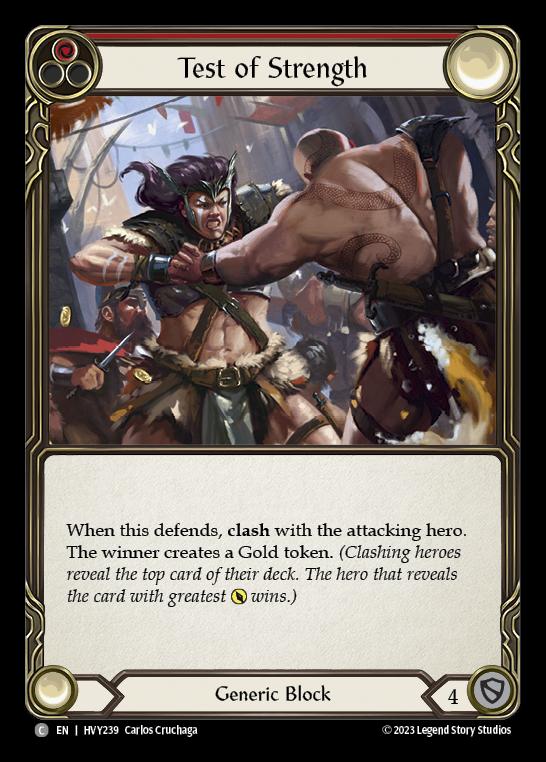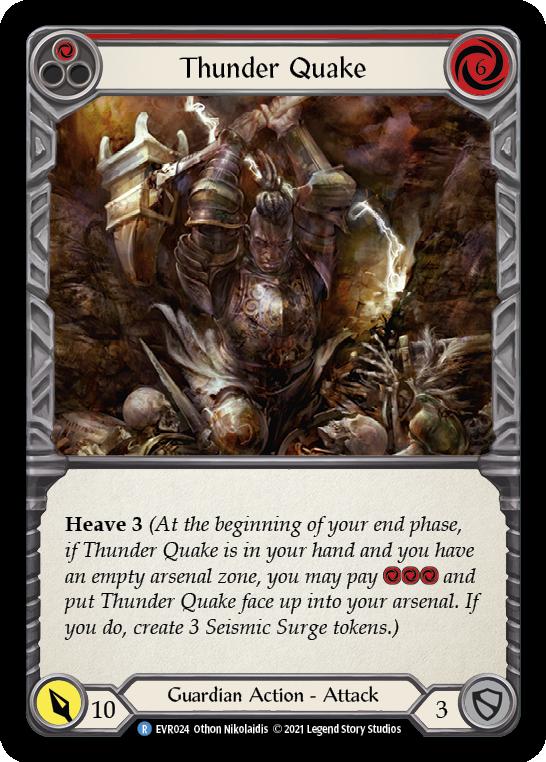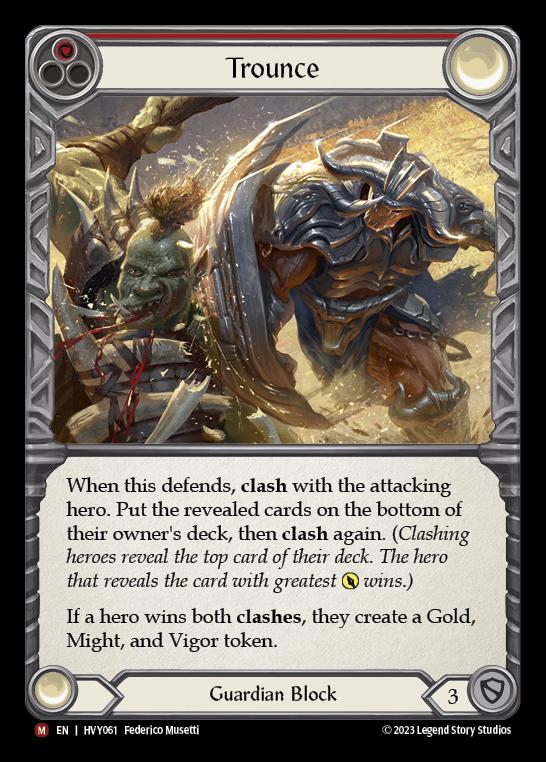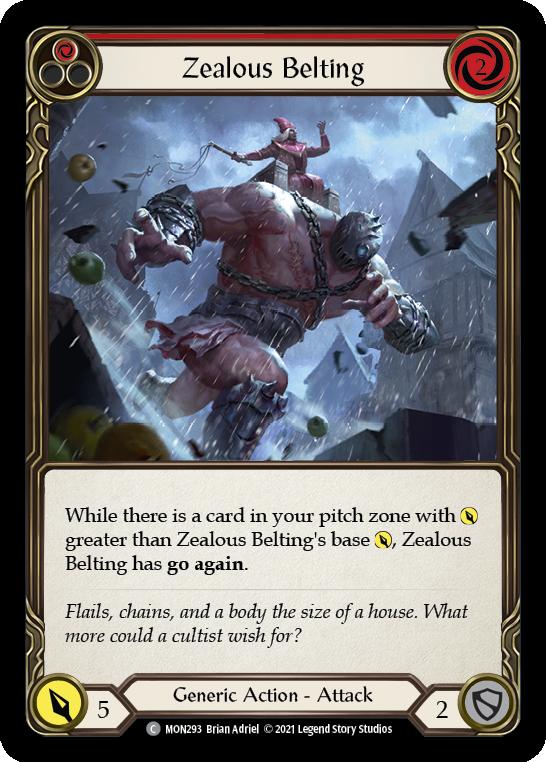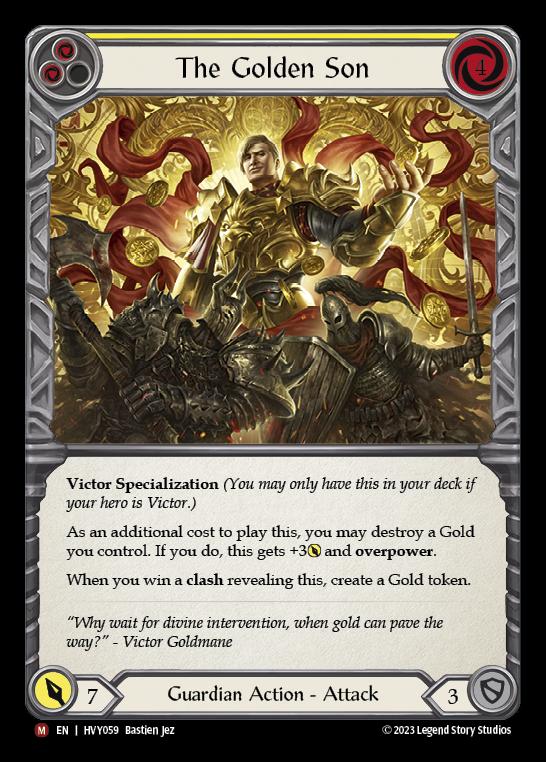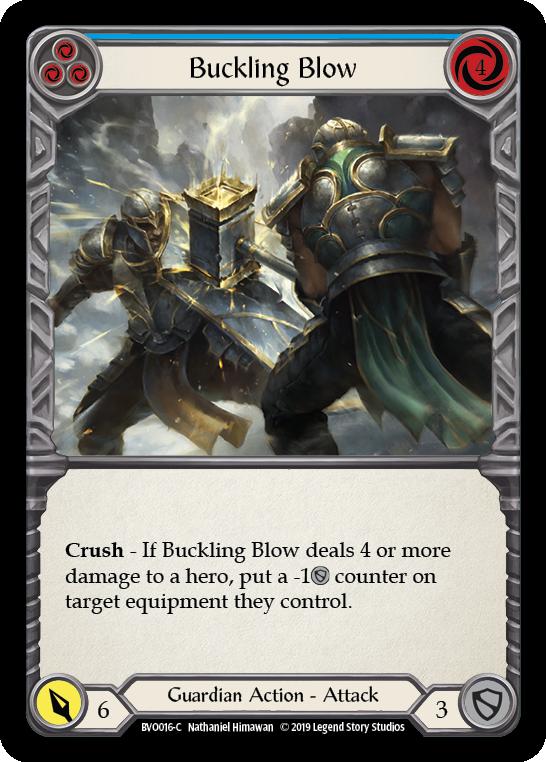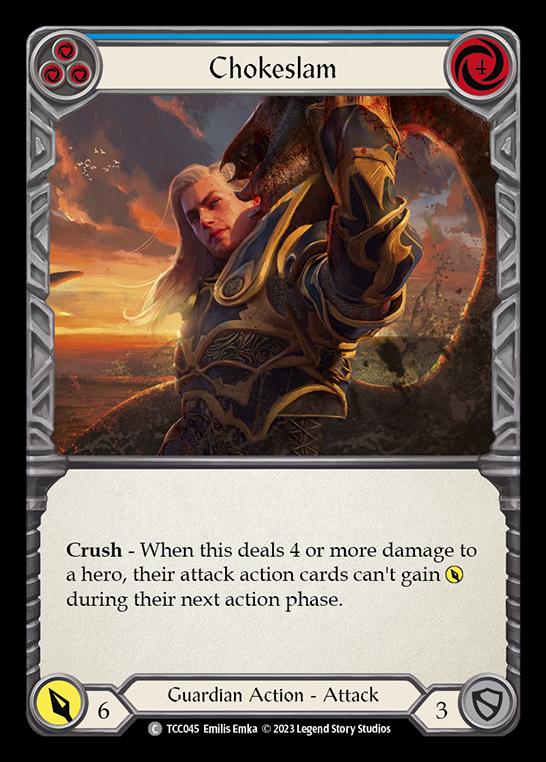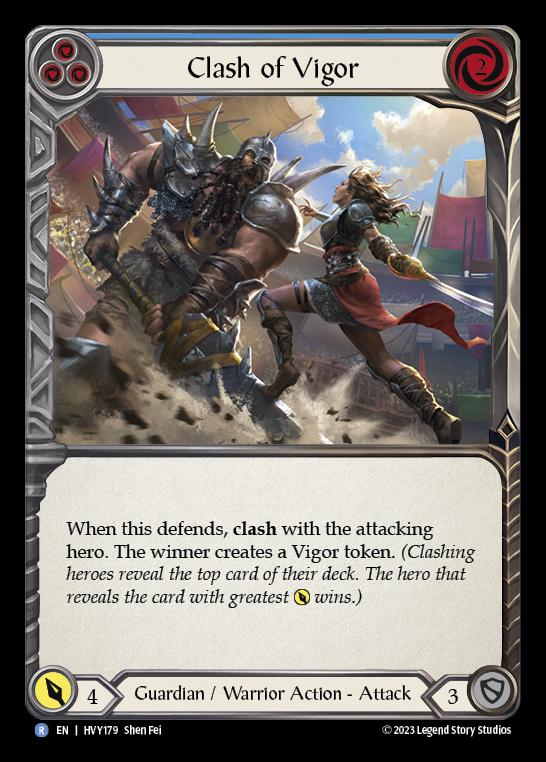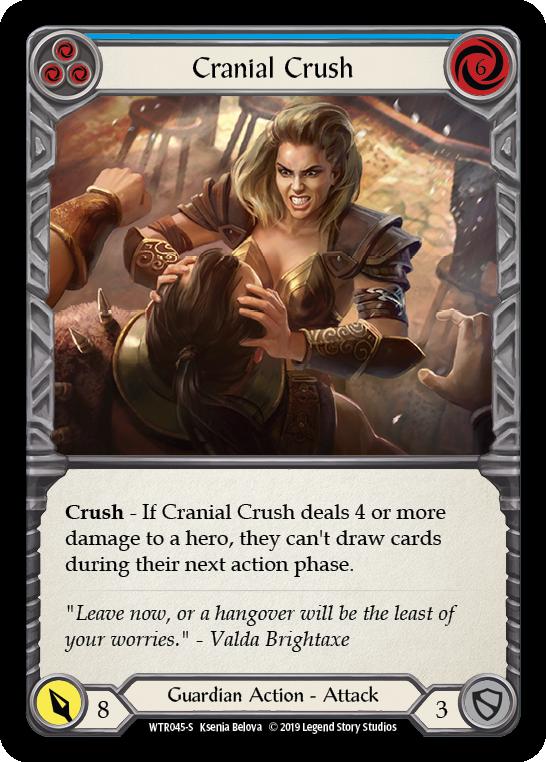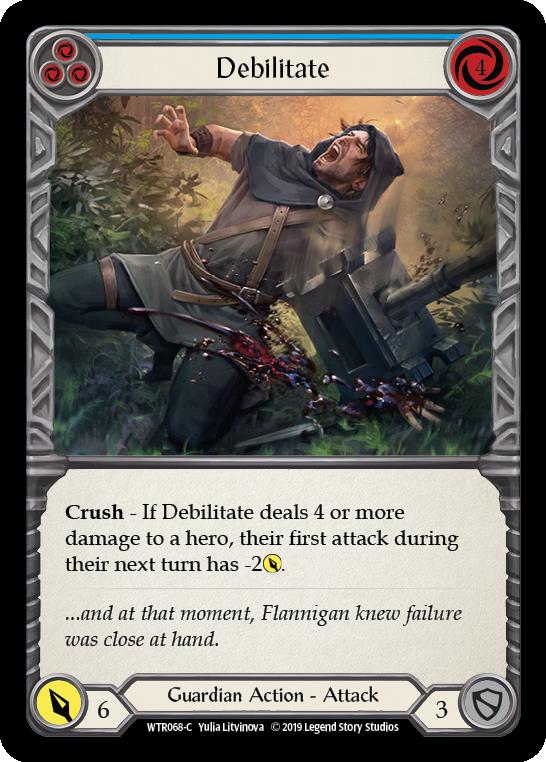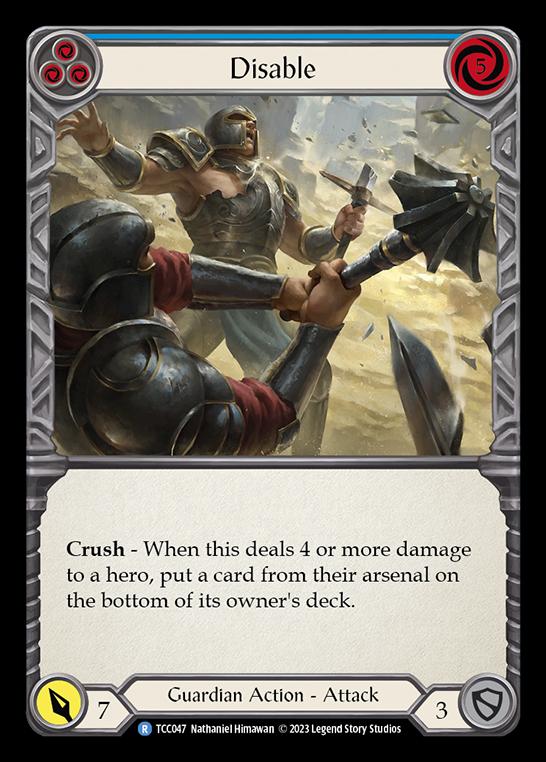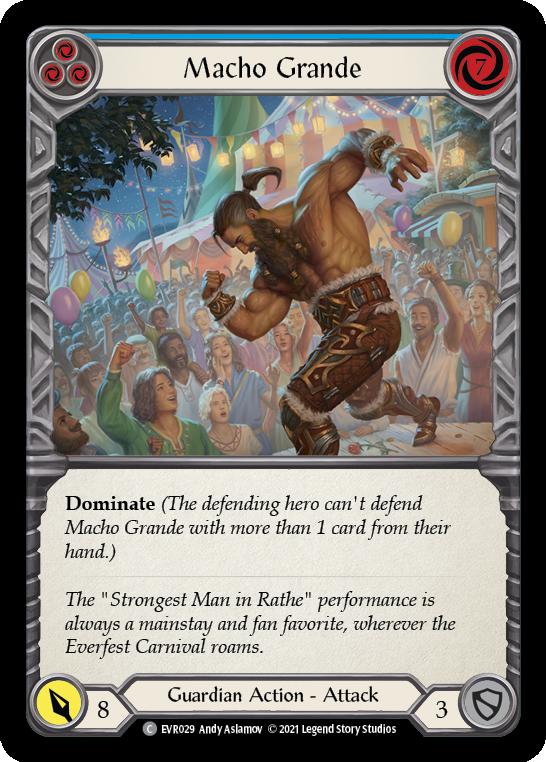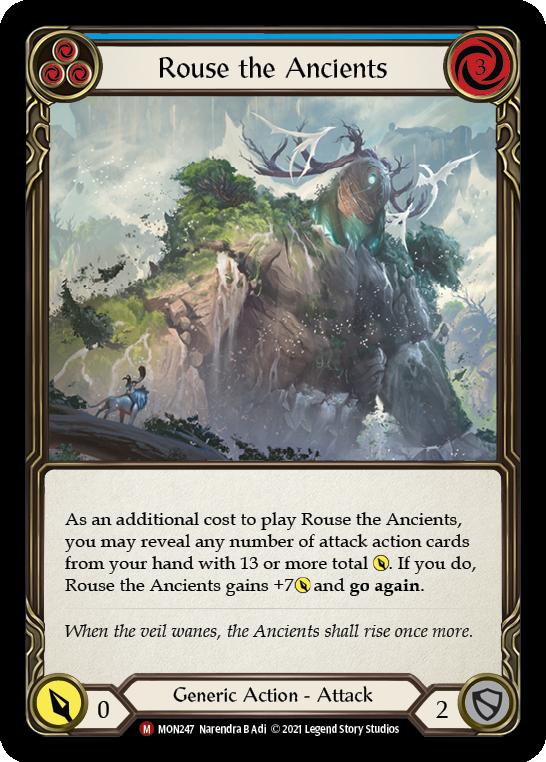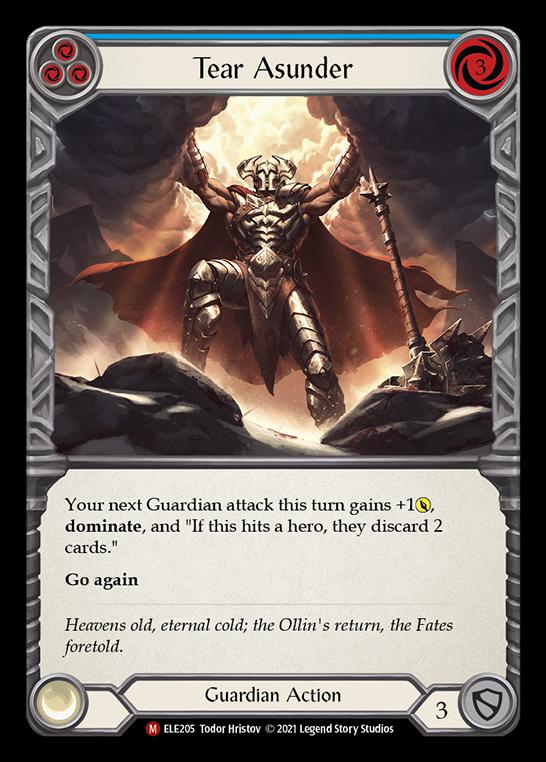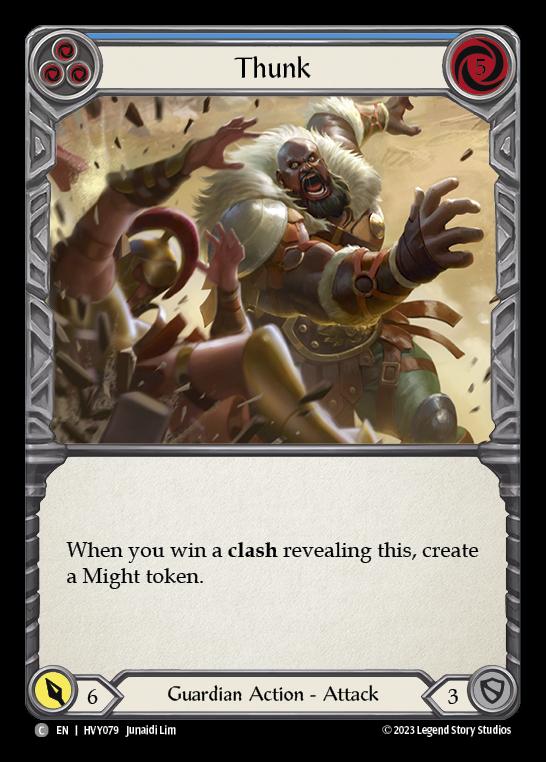Evergreen – Victor Goldmane, High and Mighty
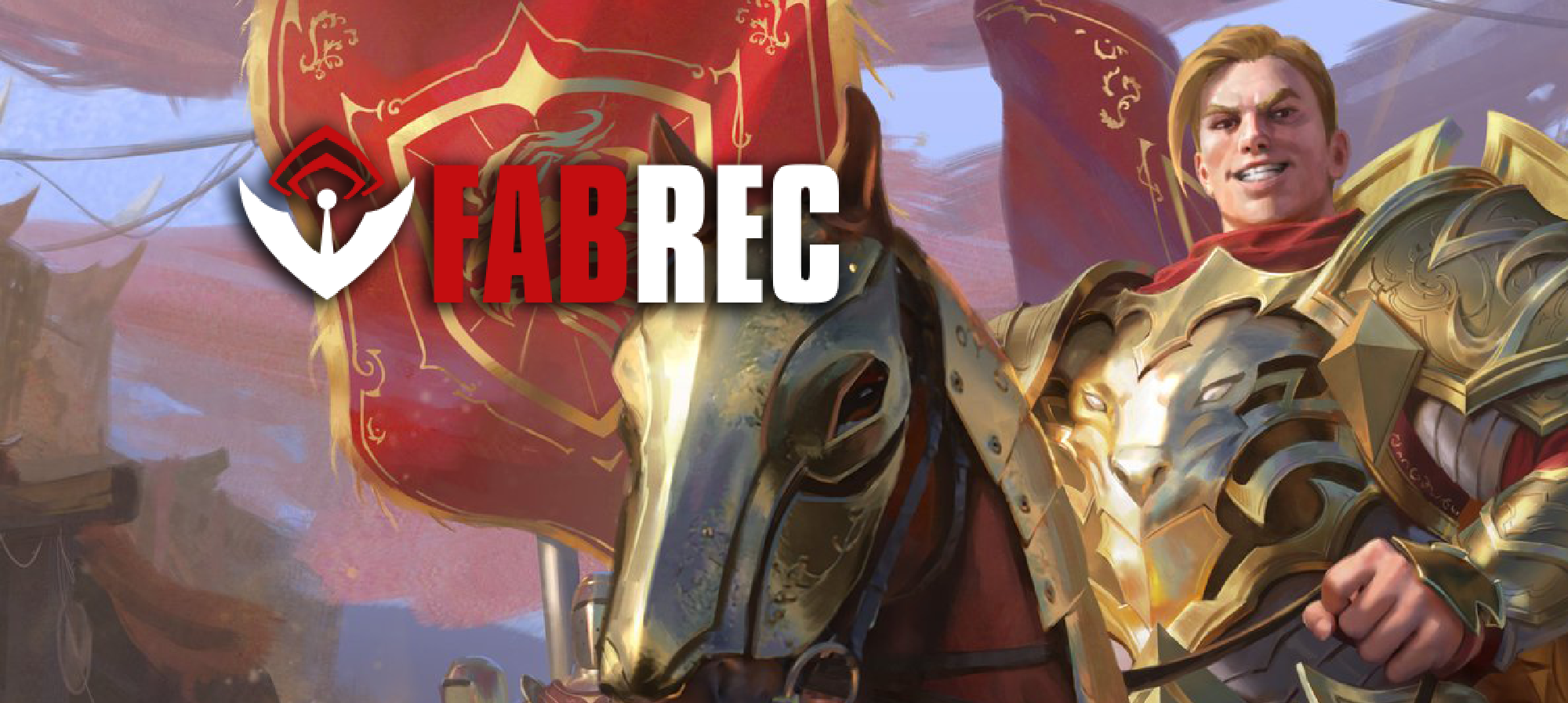
This is Rhys, back with a new edition of Evergreen, a series focused on helping you unlock the power deep within the heroes of Flesh and Blood in the Classic Constructed format. Today we’ll be studying Victor Goldmane, High and Mighty, and what you can do to maximize his potential. We’ll also review a deck and help you understand how a deck list is constructed for the hero.
Heavy Hitters has had an immediate impact on the Classic Constructed metagame, while not being an oppressive force. You really have to hand it to LSS. I never thought a game designer could make “the guy you’d cross a desert to punch in the face” a hero I would genuinely feel excited about playing, but here we are. With 92 Living Legend points accumulated during his first Road to Nationals season, Victor has already proven to be a formidable foe.
Get Rich or Die Trying
As you may recall from the Bravo, Showstopper edition of Evergreen, Victor’s core identity still resides firmly in the Guardian wheelhouse: a fundamental approach to Flesh and Blood of presenting more damage than you take turn over turn. Where the gilded Guardian differs is how his card pool expands on Guardian’s class ability, utilizing the new keywords clash and wager on the new block card type, granting additional upsides for Guardian attacks having greater base power than most other classes.
Victor’s hero ability offers “burst” card draw, using Gold generated on an opponent’s turn with something like Test of Strength as a combination of defense and draw, meaning Victor can surprise an opponent for a bigger attack or block than an average hand can. Pair that with disruptive attacks, and as much as fourteen armor, he can go the distance. If you’ve read Jose Lau’s Fighting Fatigue article, you can gain a deeper understanding of how impactful being able to steal a couple of extra power attacks from your opponent can be!
To start, I’ll share a deck list that took down a Road To Nationals by JimmyHeaters to give you an idea of how winning decks are being composed:
"Victor Goldmane, High and Mighty"
Dress For the Job You Want
Generally, there are two schools of thought with Victor’s equipment suite: playing Fyendal’s Spring Tunic along with Sledge of Anvilheim, or the list above, with Tectonic Plating and Anothos. This is a divisive topic, and you’ll hear a lot of people that are very confident that they have the objectively correct opinion; but what you won’t hear often enough is that your playstyle should influence your choice between the two.
For example: I tend to lean on the aggressive side of play, so I use Tectonic Plating and Anothos. The reason being that I will block a little bit less than a player using Sledge of Anvilheim, but I can continuously activate Tectonic Plating each turn, meaning I can threaten a “two-card eight” such as Chokeslam or Debilitate while attacking each turn with Anothos. A more defensive player would benefit from Tunic and Sledge by being able to block more damage overall, while being locked into presenting a two-card eight or a one-card Sledge attack. The extra defense from Tectonic Plating blocks meaningful on hit effects, but more damage overall will be leaked through, as it’s correct to save that defense for those moments, and you’ll need to keep a two-card hand more often than a Tunic/Sledge build will. This is also a good thing to consider if you’re new and struggling with going to time with defensive decks!
Miller’s Grindstone and Aurum Aegis are played in few matchups, comparatively, but are essential for their role in those matchups. Heroes that can combat efficiency with a game plan that will demand a lot of cards from your hand will struggle to handle the extra block and rapidly shrinking deck, thanks to the hammer’s ability. This will be heroes with a low threat density like Azalea, Ace in the Hole, guaranteed clash wins like Dorinthea Ironsong, and decks with key combo pieces like Kano, Dracai of Aether. Gauntlets of Iron Will is a new three-block arm equipment with a niche application for its ability. If you’re on a budget and have a Crater Fist from an old hero build, it’s defensible to play either, as you’re simply choosing the niche scenario you want to benefit from the card. Its primary purpose will still be defending.
He’s Just A Guy, Hit Him With Your Car
Victor doesn’t boast the same disruption that Bravo, Showstopper‘s specialization suite offers in Star Struck and Crippling Crush, so where you’ll lean when pressuring with Victor Goldmane, High and Mighty is large, evasive attacks.
Dominate and overpower are your bread and butter for getting ahead, and once you’re ahead with Victor, staying ahead can be simple elementary. A common misunderstanding of Guardian, however, is that you can “catch up” if you fall behind because of your large, evasive attacks. Be assured, this is not often the case, as you usually have to be able to tank considerable damage to present those attacks. That said, one of the benefits of Victor is his incredible consistency, and if your opponent ever has to take a turn off of pressuring you to set up, you’re almost always ready to punish that. Tear Asunder can be one of your best cards to arsenal and wait with, as soon as your opponent takes a turn setting up, you can both punish their setup and put them in a position where they may have to start emergency blocking.
One thing to keep in mind with dominate and overpower attacks is that you’ll be pulling your opponent into a damage race. You’ll need to carefully measure your attacks and blocks, and it’s advisable when starting out to not put yourself in a position where you “depend” on the success of your clashes to be able to keep pace. It’s better to plan for the worst and be pleasantly surprised than to lose a gamble and find yourself completely unable to mount an offense.
Another debated point in this deck is whether or not to play Pummel. Many players who were around for the legality of Awakening may tell you that making your opponent respect it was often better than simply having the card. Others may opt to be ready to punish people who simply choose not to respect it. Pick for yourself what you prefer. And if you don’t, you can refocus your deckbuilding on winning more clashes with large attacks like Pulverize or Primed to Fight. Since Trounce is already a staple in any Victor Goldmane, High and Mighty deck, some players will choose to pitch stack to Trounce, a card that wins your clashes to earn the Vigor and Might tokens, and then sending a two card, eleven damage turn with any blue pitch and Primed to Fight.
Most play patterns in Flesh and Blood want to achieve somewhere around three and a half points of either attacking or blocking on average to be efficient, so a two-card hand that averages five and a half points each is nearly unparalleled. A red Guardian attack with no evasion or disruption is the risk for such a gamble. Nevertheless, Victor Goldmane, High and Mighty is almost entirely focused on efficiency, so you may consider this as you become more familiar with the deck.
The School of Hard Knocks
Getting through the early hurdles of learning a hero can be the most painful part, and can damage an otherwise good relationship you may have with a new hero. If you’re new to Guardian as a class, these can translate to other heroes within the class as well. As stated earlier in the article, don’t fall into the trap of thinking you can “catch up” to an opponent with a hero like Victor, where the majority of your pressure is only damage. You won’t be able to make an opponent respect damage that they can outperform unless it’s lethal.
If you’re playing Tectonic Plating, keeping the Seismic Surge token rolling every turn is going to put you ahead on multiple turn cycles, as you can send two card, eight damage crush attacks like Chokeslam more often. Saving your Command and Conquer to reset that if you get stuck is helpful, but remember how few on hits you have in the deck, so don’t just chuck Command and Conquer at them without a good reason to. This is especially true if you’re playing Pummel.
With Bravo, Showstopper, learning to not heave blue Thunder Quake was fundamental, as you simply had better things to be doing turn over turn. In Victor’s case, when you’re playing the red Thunder Quake, you’re granting yourself access to a worthy and efficient two-card attack. The main thing you want to avoid is doing this at too low of life, as you’re likely going to have to block less to set it up. Don’t tunnel vision and give up eight damage and a series of hit effects to send back a plain ten, as it can put you inadvertently on the back foot without careful evaluation of the game state.
Giving your opponent a Quicken token with Civic Steps is a skill, and it will take time to master. Learning “obvious” places to use it will help you learn to use it in more complex spaces. For example: your Brute opponent is swinging an attack with go again, has one card in hand and no resources floating during a Bloodrush Bellow turn. They are priced into swinging that claw for five after this attack, and you can safely assume a block here will mean they won’t get to use their Quicken token. If they choose not to, and pass, you also absorbed seven damage with that block, an amount that’s unlikely to be made up for on the next turn. On the other side of the coin, a poor block with steps can give a knowledgeable opponent an extra attack where they couldn’t, and can deeply punish your mistake.
The nuances grow every set in Flesh and Blood, and knowing your opponent’s game plan is going to be fundamental to playing your role in the matchup. With extensive flexibility comes a plethora of moments where you can make a mistake that can put you in a losing position. Be encouraged to study other decks and archetypes to position yourself, and remember that you aren’t losing if you’re learning.
That’s all for this edition of Evergreen! There’s always more to learn, so feel free to comment below if you want to share your feedback, or if you learned something yourself. Until next time!
Further Reading:
How to Upgrade the Victor Goldmane Blitz Precon
